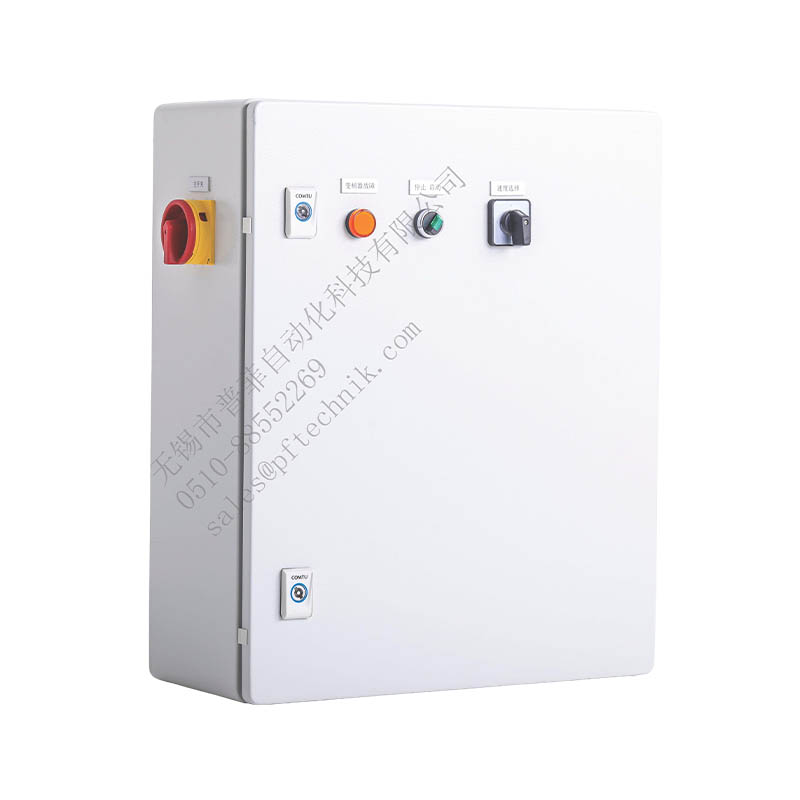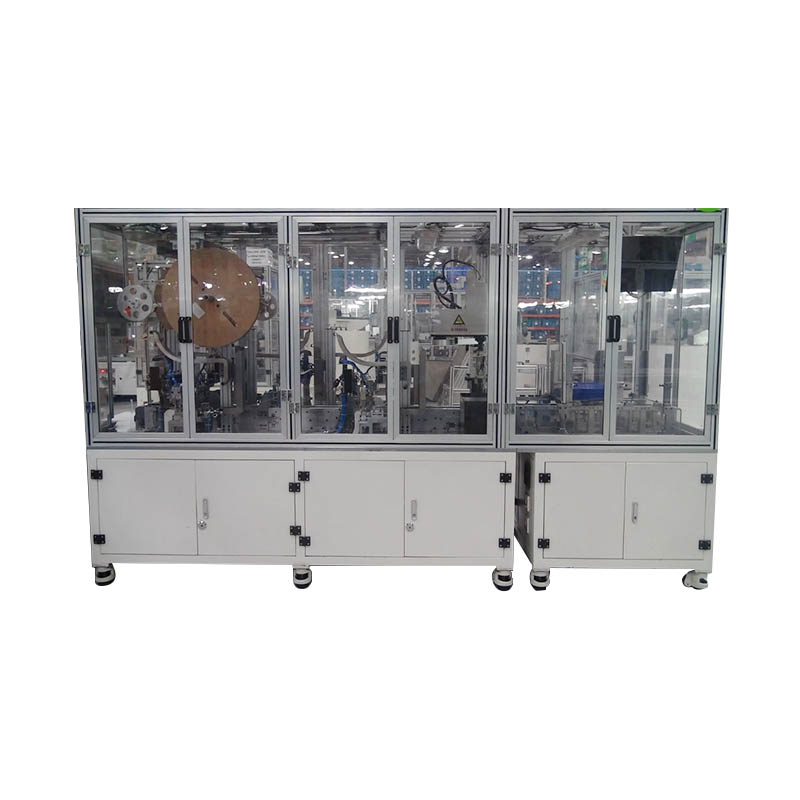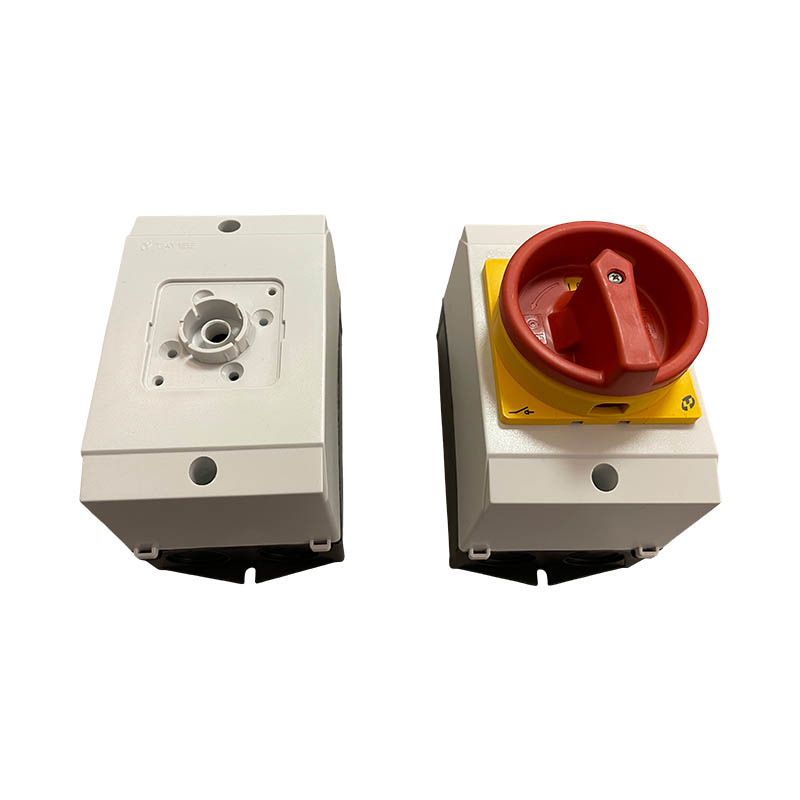How do high-brightness LEDs and optical lenses achieve strong penetration and uniform light effects for warning light buttons?
Release Time : 2025-09-16
At the sophisticated interface of modern industrial control and human-machine interaction, warning light buttons on, with their "visual and tactile emergency language," quietly elevate safety instructions into a sensory signal that strikes directly at the heartstrings. More than just a simple switch on a control panel, they're a warning device that blends optical design, behavioral psychology, and industrial aesthetics. With every flash of red light and press of a fingertip, they integrate danger, response, and control.
At first glance, the beauty of a warning light button stems from a "symbiosis of warning and order." It typically features a striking red as its primary color—the color to which the human visual system is most sensitive and most alarming. It instantly penetrates complex background information and triggers an instinctive alert response. The button's surface is specially treated, either with a high-gloss mirror to enhance light reflection or a matte finish to reduce ambient light interference, ensuring clear visibility in dimly lit machine rooms, noisy workshops, or brightly lit outdoors. Their design is typically round or mushroom-shaped, meeting the ergonomic requirements of quick location and firm pressure in emergency situations. When in the "on" position, the built-in high-brightness LED emits a strong, uniform red light. Some models also feature a flashing mode, further enhancing the warning effect with dynamic light signals and creating a strong visual focal point. This lighting effect is not simply illumination; it is precisely projected through optical lenses or light guides, ensuring concentrated light without glare or dark areas. On a neatly organized control panel, the warning light button acts as a visual anchor. Its vibrant color and active illumination contrast sharply with the surrounding static buttons and indicators, creating a high-level visual order within the safety system—highlighting its central role without disrupting the overall layout.
The key innovation lies in the deep integration of multimodal warnings and ergonomic optimization. While traditional mechanical switches provide only tactile feedback, modern warning light buttons integrate light, sound, and touch. Visually, a red light is the first line of defense, providing immediate, long-range, all-weather warnings. Tactilely, buttons are typically designed as "mushroom heads," offering a large pressing surface and a clear "click" feedback. This ensures tactile confirmation of the command, enabling accurate operation even when wearing gloves or with obstructed vision. Some high-end models also incorporate an integrated buzzer, providing an audible alarm, creating a triple safeguard. The "on" state is particularly critical: once pressed, the button typically locks in the "on" position, with a red light remaining continuously lit or flashing, clearly indicating that the system has entered an emergency state and preventing accidental resets. Resetting operations require explicit secondary confirmation (such as rotation or removal) to ensure that the release of the safety state is deliberate. This design deeply understands the cognitive load and behavioral patterns of humans in emergency situations, simplifying complex decisions into intuitive physical actions.
From an application perspective, it constitutes the last line of defense for industrial safety. It is widely used in machinery and equipment, power systems, automated production lines, transportation, and public facilities, serving as a core control point for emergency stop (E-Stop), fault alarms, and hazard warnings. Its IP65 protection rating and above ensures reliable operation in harsh environments such as dust, oil, and moisture. Complying with international safety standards (such as IEC 60947-5-1), it is a crucial component of functional safety systems.
The warning light button on is the "silent sentinel" of the control panel. Its red light pierces the ordinary calm, and its self-locking mechanism safeguards the bottom line of safety. With every approaching danger and decisive action, the warning light button on silently proves that true safety design lies not in complex functions but in a deep respect for human instinct and precise control of critical moments. The warning light button on sets the alarm on fire. Whether it's emergency braking on a factory assembly line or fault notification on a subway platform, the warning light button on, with its irreplaceable reliability and intuitiveness, has become an indispensable nerve ending in modern safety systems.
At first glance, the beauty of a warning light button stems from a "symbiosis of warning and order." It typically features a striking red as its primary color—the color to which the human visual system is most sensitive and most alarming. It instantly penetrates complex background information and triggers an instinctive alert response. The button's surface is specially treated, either with a high-gloss mirror to enhance light reflection or a matte finish to reduce ambient light interference, ensuring clear visibility in dimly lit machine rooms, noisy workshops, or brightly lit outdoors. Their design is typically round or mushroom-shaped, meeting the ergonomic requirements of quick location and firm pressure in emergency situations. When in the "on" position, the built-in high-brightness LED emits a strong, uniform red light. Some models also feature a flashing mode, further enhancing the warning effect with dynamic light signals and creating a strong visual focal point. This lighting effect is not simply illumination; it is precisely projected through optical lenses or light guides, ensuring concentrated light without glare or dark areas. On a neatly organized control panel, the warning light button acts as a visual anchor. Its vibrant color and active illumination contrast sharply with the surrounding static buttons and indicators, creating a high-level visual order within the safety system—highlighting its central role without disrupting the overall layout.
The key innovation lies in the deep integration of multimodal warnings and ergonomic optimization. While traditional mechanical switches provide only tactile feedback, modern warning light buttons integrate light, sound, and touch. Visually, a red light is the first line of defense, providing immediate, long-range, all-weather warnings. Tactilely, buttons are typically designed as "mushroom heads," offering a large pressing surface and a clear "click" feedback. This ensures tactile confirmation of the command, enabling accurate operation even when wearing gloves or with obstructed vision. Some high-end models also incorporate an integrated buzzer, providing an audible alarm, creating a triple safeguard. The "on" state is particularly critical: once pressed, the button typically locks in the "on" position, with a red light remaining continuously lit or flashing, clearly indicating that the system has entered an emergency state and preventing accidental resets. Resetting operations require explicit secondary confirmation (such as rotation or removal) to ensure that the release of the safety state is deliberate. This design deeply understands the cognitive load and behavioral patterns of humans in emergency situations, simplifying complex decisions into intuitive physical actions.
From an application perspective, it constitutes the last line of defense for industrial safety. It is widely used in machinery and equipment, power systems, automated production lines, transportation, and public facilities, serving as a core control point for emergency stop (E-Stop), fault alarms, and hazard warnings. Its IP65 protection rating and above ensures reliable operation in harsh environments such as dust, oil, and moisture. Complying with international safety standards (such as IEC 60947-5-1), it is a crucial component of functional safety systems.
The warning light button on is the "silent sentinel" of the control panel. Its red light pierces the ordinary calm, and its self-locking mechanism safeguards the bottom line of safety. With every approaching danger and decisive action, the warning light button on silently proves that true safety design lies not in complex functions but in a deep respect for human instinct and precise control of critical moments. The warning light button on sets the alarm on fire. Whether it's emergency braking on a factory assembly line or fault notification on a subway platform, the warning light button on, with its irreplaceable reliability and intuitiveness, has become an indispensable nerve ending in modern safety systems.







